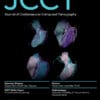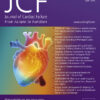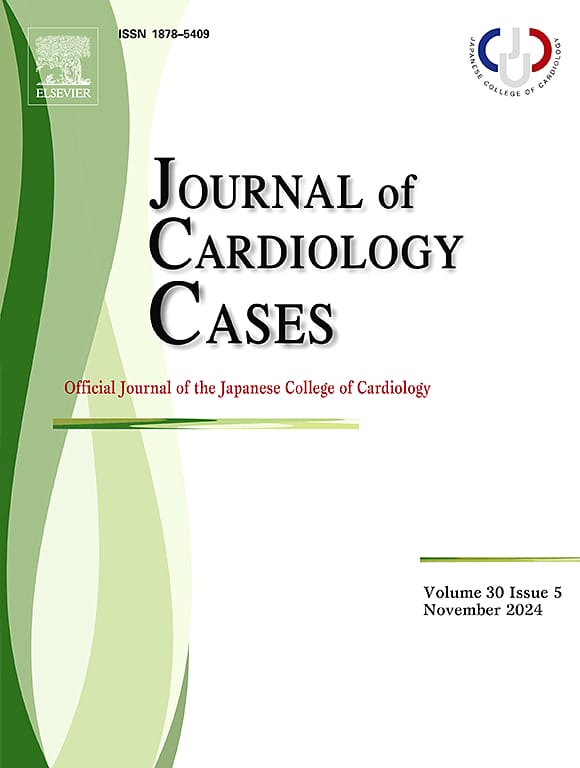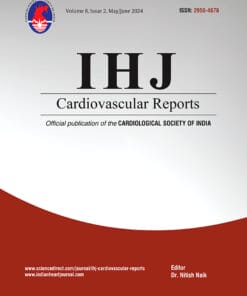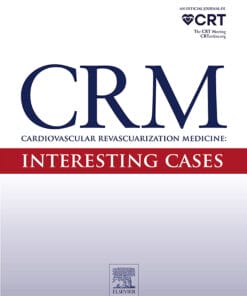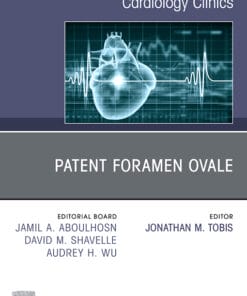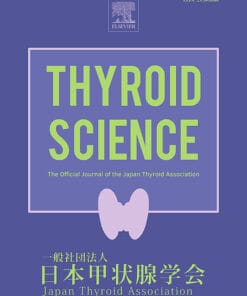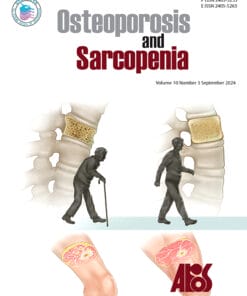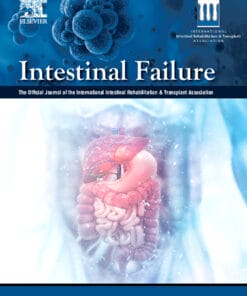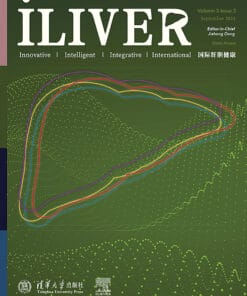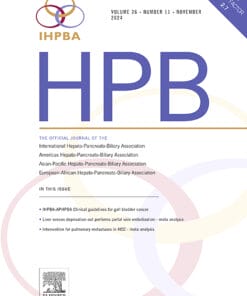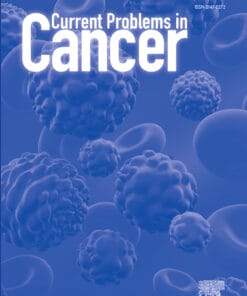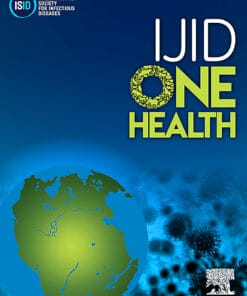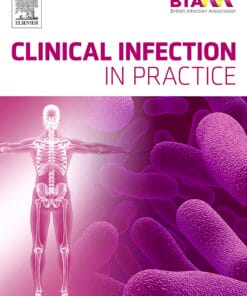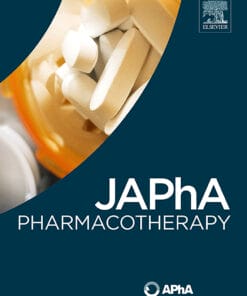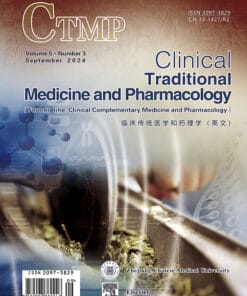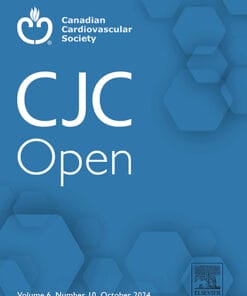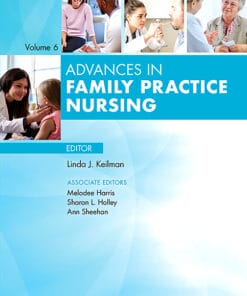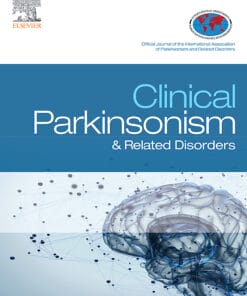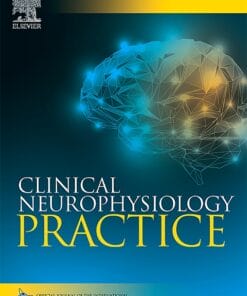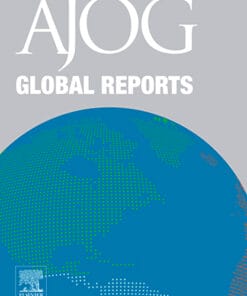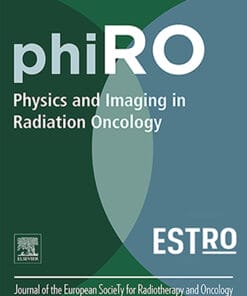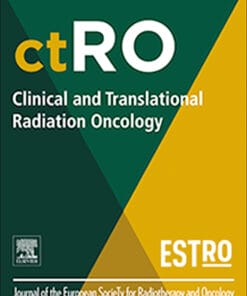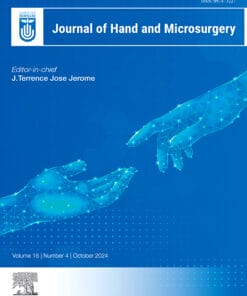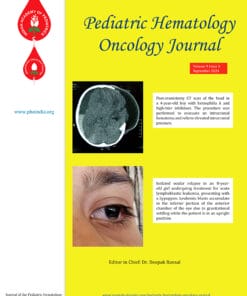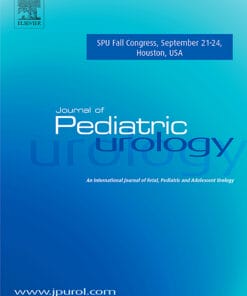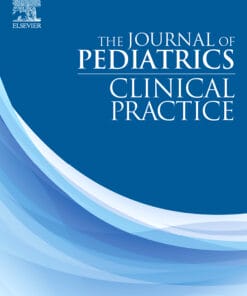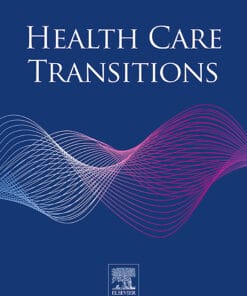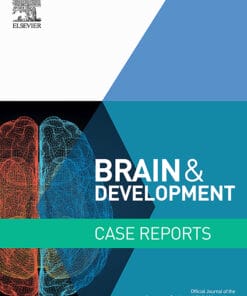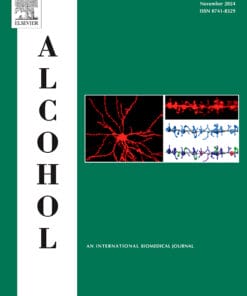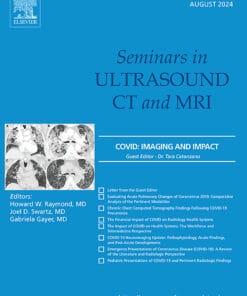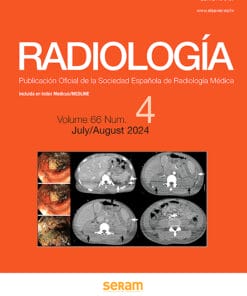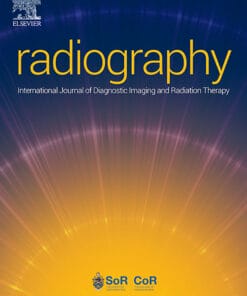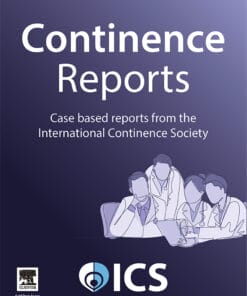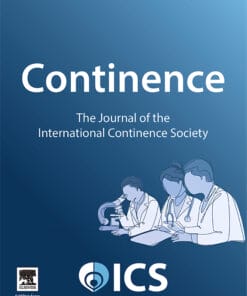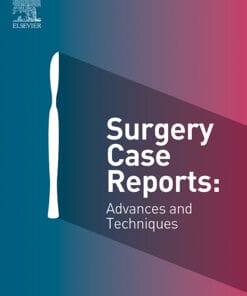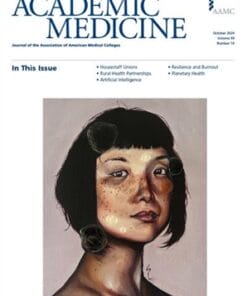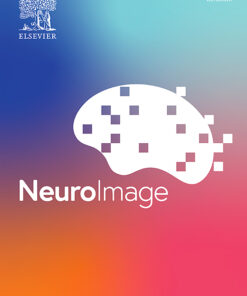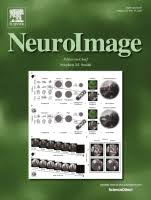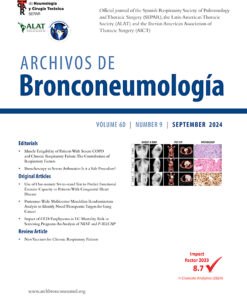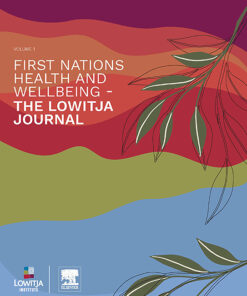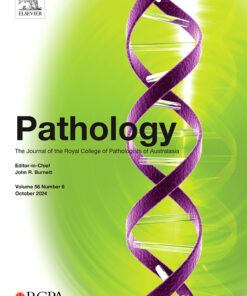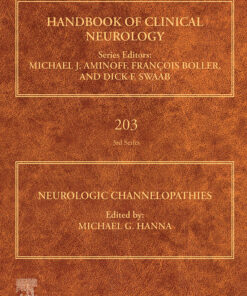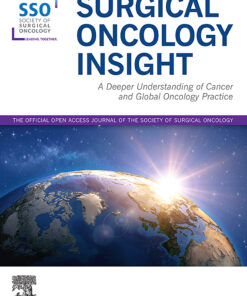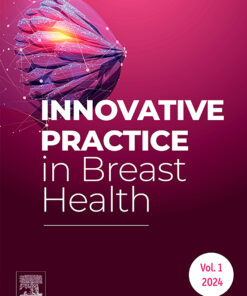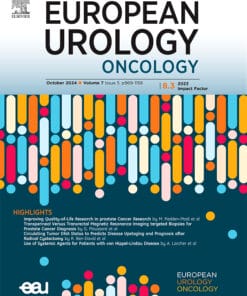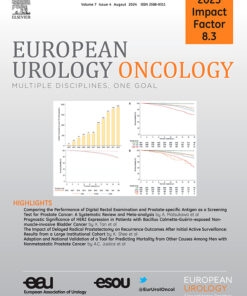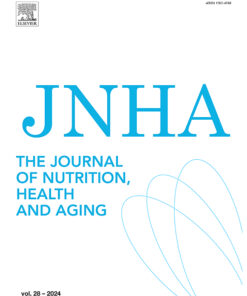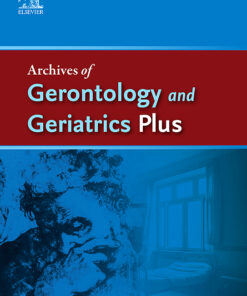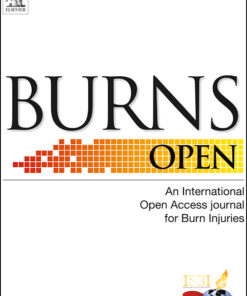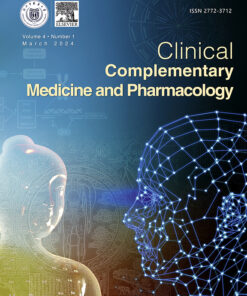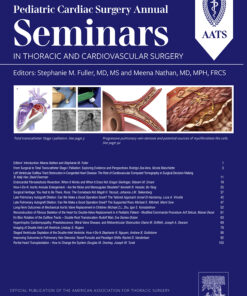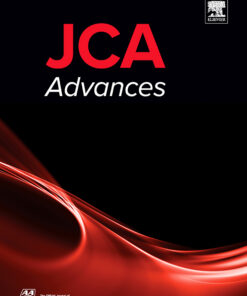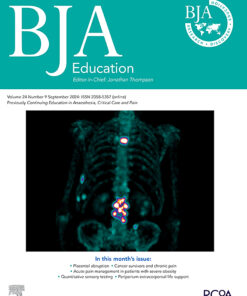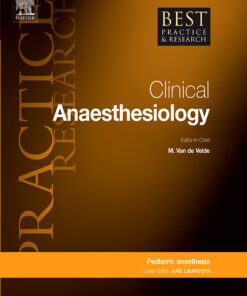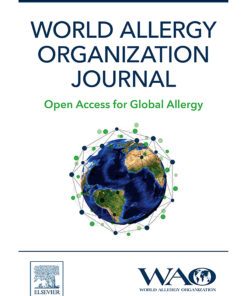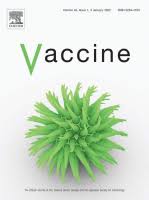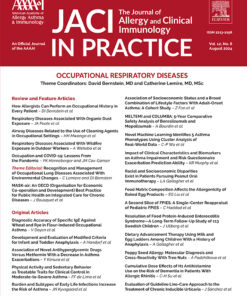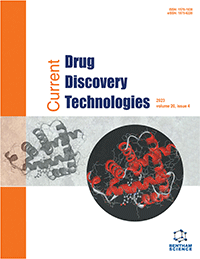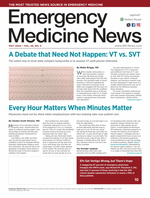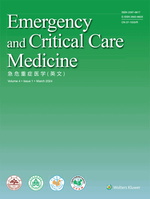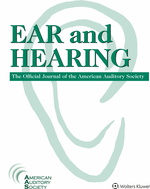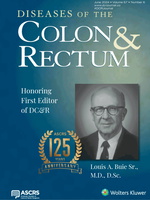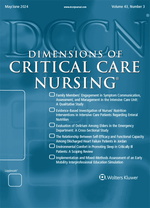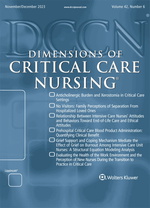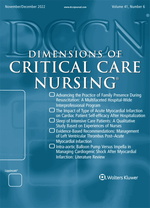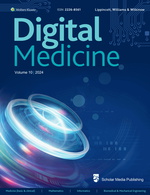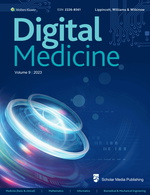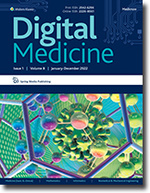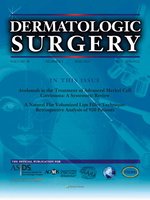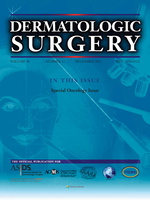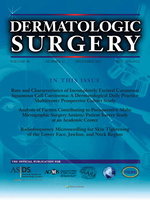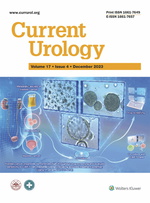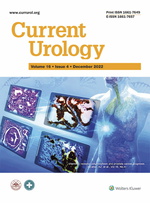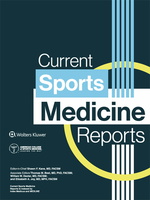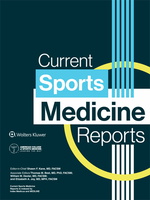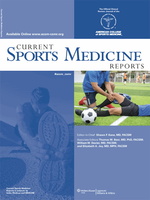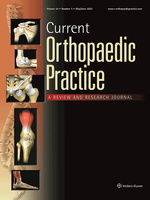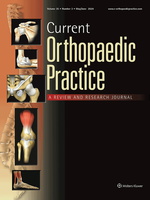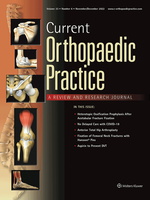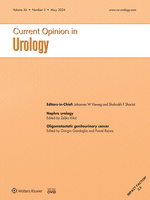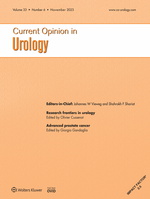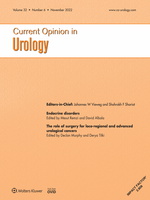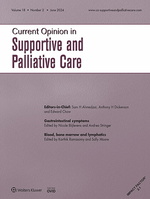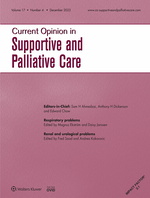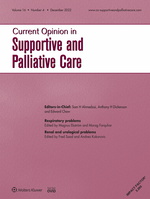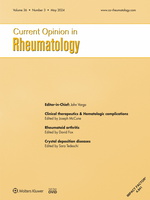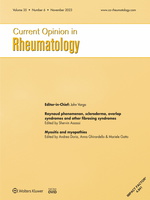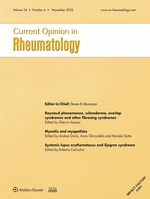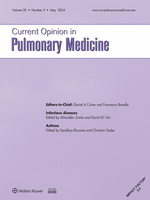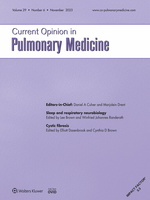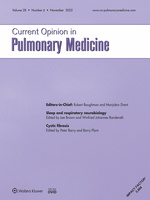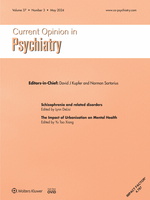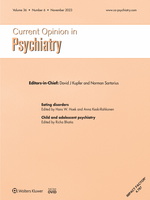Fast, Authoritative, and In-Depth Reports: JC Cases – A Vital Platform for Cardiologists
About JC Cases: The Journal of Cardiology Cases (JC Cases) stands as the official peer-reviewed online journal of the Japanese College of Cardiology (JCC). It takes pride in its commitment to swiftly publishing important clinical cases, providing a crucial platform for cardiologists to share their insights without delay.
Learning from Real Cases: JC Cases places a strong emphasis on the educational value derived from real cases, offering a valuable learning experience not only for seasoned clinicians but also for students and paramedical staff members. The journal acts as a repository for rare medical cases and conditions discovered through the latest examination methods, often absent from textbooks but swiftly reported in JC Cases. Exposure to such cases contributes significantly to the development of actual clinical capability among students and staff, enhancing their ability to interpret symptoms and diagnose conditions effectively.
For All Medical Personnel: JC Cases extends its educational reach to all medical personnel, providing valuable insights into the role of examinations and patient management. It is positioned as a leading case report journal, urging regular reading by cardiovascular medical researchers, doctors, and paramedical staff, thereby contributing to continuous skill enhancement and knowledge development.
Accessible Learning: The journal adopts an open-access approach, ensuring that notable articles become accessible to all, including nonsubscribers, one year after their initial publication. This commitment aligns with the journal’s mission to disseminate crucial clinical knowledge widely, fostering ongoing education and improvement in the medical community.
Leading Case Report Journal: JC Cases not only serves as a journal but stands as a leading case report platform, offering a vital space for the timely sharing and learning from real-world cases. Regular reading of JC Cases is encouraged, as it empowers cardiovascular medical researchers, doctors, and medical personnel to stay informed about the latest developments in the field.
Volume 25, Issue 1: Pages 1-60 (January 2022)
Volume 25, Issue 2: Pages 61-118 (February 2022)
Volume 25, Issue 3: Pages 119-198 (March 2022)
Volume 25, Issue 4: Pages 199-254 (April 2022)
Volume 25, Issue 5: Pages 255-322 (May 2022)
Volume 25, Issue 6: Pages 323-420 (June 2022)
Volume 26, Issue 1: Pages 1-84 (July 2022)
Volume 26, Issue 2: Pages 85-168 (August 2022)
Volume 26, Issue 3: Pages 169-244 (September 2022)
Volume 26, Issue 4: Pages 245-316 (October 2022)
Volume 26, Issue 5: Pages 317-390 (November 2022)
Volume 26, Issue 6: Pages 391-436 (December 2022)
Volume 27, Issue 1: Pages 1-46 (January 2023)
Volume 27, Issue 2: Pages 47-88 (February 2023)
Volume 27, Issue 3: Pages 89-136 (March 2023)
Volume 27, Issue 4: Pages 137-198 (April 2023)
Volume 27, Issue 5: Pages 199-244 (May 2023)
Volume 27, Issue 6: Pages 245-290 (June 2023)
Volume 28, Issue 1: Pages 1-48 (July 2023)
Volume 28, Issue 2: Pages 49-90 (August 2023)
Volume 28, Issue 3: Pages 91-132 (September 2023)
Volume 28, Issue 4: Pages 133-180 (October 2023)
Volume 28, Issue 5: Pages 181-228 (November 2023)
Volume 28, Issue 6: Pages 229-270 (December 2023)
Volume 29, Issue 1: Pages 1-54 (January 2024)
Volume 29, Issue 2: Pages 55-100 (February 2024)
Volume 29, Issue 3: Pages 101-148 (March 2024)
Volume 29, Issue 4: Pages 149-200 (April 2024)
Volume 29, Issue 5: Pages 201-238 (May 2024)
Volume 29, Issue 6: Pages 239-276 (June 2024)
Volume 30, Issue 1: Pages 1-30 (July 2024)
Volume 30, Issue 2: Pages 31-62 (August 2024)
Volume 30, Issue 3: Pages 63-102 (September 2024)
Volume 30, Issue 4: Pages 103-138 (October 2024)
Volume 30, Issue 5: Pages 139-176 (November 2024)
| Volume | Volume 25, Issue 1: Pages 1-60 (January 2022), Volume 25, Issue 2: Pages 61-118 (February 2022), Volume 25, Issue 3: Pages 119-198 (March 2022), Volume 25, Issue 4: Pages 199-254 (April 2022), Volume 25, Issue 5: Pages 255-322 (May 2022), Volume 25, Issue 6: Pages 323-420 (June 2022), Volume 26, Issue 1: Pages 1-84 (July 2022), Volume 26, Issue 2: Pages 85-168 (August 2022), Volume 26, Issue 3: Pages 169-244 (September 2022), Volume 26, Issue 4: Pages 245-316 (October 2022), Volume 26, Issue 5: Pages 317-390 (November 2022), Volume 26, Issue 6: Pages 391-436 (December 2022), Volume 27, Issue 1: Pages 1-46 (January 2023), Volume 27, Issue 2: Pages 47-88 (February 2023), Volume 27, Issue 3: Pages 89-136 (March 2023), Volume 27, Issue 4: Pages 137-198 (April 2023), Volume 27, Issue 5: Pages 199-244 (May 2023), Volume 27, Issue 6: Pages 245-290 (June 2023), Volume 28, Issue 1: Pages 1-48 (July 2023), Volume 28, Issue 2: Pages 49-90 (August 2023), Volume 28, Issue 3: Pages 91-132 (September 2023), Volume 28, Issue 4: Pages 133-180 (October 2023), Volume 28, Issue 5: Pages 181-228 (November 2023), Volume 28, Issue 6: Pages 229-270 (December 2023), Volume 29, Issue 1: Pages 1-54 (January 2024), Volume 29, Issue 2: Pages 55-100 (February 2024), Volume 29, Issue 3: Pages 101-148 (March 2024), Volume 29, Issue 4: Pages 149-200 (April 2024), Volume 29, Issue 5: Pages 201-238 (May 2024), Volume 29, Issue 6: Pages 239-276 (June 2024), Volume 30, Issue 1: Pages 1-30 (July 2024), Volume 30, Issue 2: Pages 31-62 (August 2024), Volume 30, Issue 3: Pages 63-102 (September 2024), Volume 30, Issue 4: Pages 103-138 (October 2024), Volume 30, Issue 5: Pages 139-176 (November 2024) |
|---|
Related Products
Journals/Articles
Journals/Articles
Cardiovascular Revascularization Medicine: Interesting Cases PDF
Journals/Articles
Journals/Articles
Journals/Articles
Journals/Articles
Journals/Articles
Journals/Articles
Journals/Articles
Journals/Articles
Journals/Articles
Journals/Articles
Journals/Articles
Journals/Articles
Journals/Articles
Journals/Articles
Journals/Articles
Journals/Articles
Journals/Articles
Journals/Articles
Journals/Articles
Journals/Articles
Journals/Articles
Technical Innovations & Patient Support in Radiation Oncology PDF
Journals/Articles
Journals/Articles
Journals/Articles
Journals/Articles
Journals/Articles
Journals/Articles
Journals/Articles
Journals/Articles
Journals/Articles
Journals/Articles
The American Journal of Geriatric Psychiatry: Open Science, Education, and Practice PDF
Journals/Articles
Journals/Articles
Journals/Articles
Journals/Articles
Journals/Articles
Journals/Articles
Journals/Articles
Journals/Articles
Journals/Articles
Journals/Articles
Journals/Articles
First Nations Health and Wellbeing – The Lowitja Journal PDF
Journals/Articles
Journals/Articles
Journals/Articles
Journals/Articles
Journals/Articles
Journals/Articles
Journals/Articles
Journals/Articles
Journals/Articles
Journals/Articles
Journals/Articles
Seminars in Thoracic and Cardiovascular Surgery: Pediatric Cardiac Surgery Annual PDF
Journals/Articles
Journals/Articles
Journals/Articles
Journals/Articles
Journals/Articles
The Journal of Allergy and Clinical Immunology: In Practice PDF
Journals/Articles
Journals/Articles
Journals/Articles
Journals/Articles
Journals/Articles
Journals/Articles
Journals/Articles
Dimensions of Critical Care Nursing: Volume 43 (1 – 3) 2024 PDF
Journals/Articles
Dimensions of Critical Care Nursing: Volume 42 (1 – 6) 2023 PDF
Journals/Articles
Dimensions of Critical Care Nursing: Volume 41 (1 – 6) 2022 PDF
Journals/Articles
Journals/Articles
Journals/Articles
Journals/Articles
Journals/Articles
Journals/Articles
Journals/Articles
Journals/Articles
Journals/Articles
Journals/Articles
Current Sports Medicine Reports: Volume 22 (1 – 12) 2023 PDF
Journals/Articles
Journals/Articles
Current Sports Medicine Reports: Volume 21 (1 – 12) 2022 PDF
Journals/Articles
Journals/Articles
Journals/Articles
Journals/Articles
Journals/Articles
Journals/Articles
Journals/Articles
Journals/Articles
Journals/Articles
Journals/Articles
Current Opinion in Pulmonary Medicine: Volume 30 (1 – 3) 2024 PDF
Journals/Articles
Current Opinion in Pulmonary Medicine: Volume 29 (1 – 6) 2023 PDF
Journals/Articles
Current Opinion in Pulmonary Medicine: Volume 28 (1 – 6) 2022 PDF
Journals/Articles
Journals/Articles


